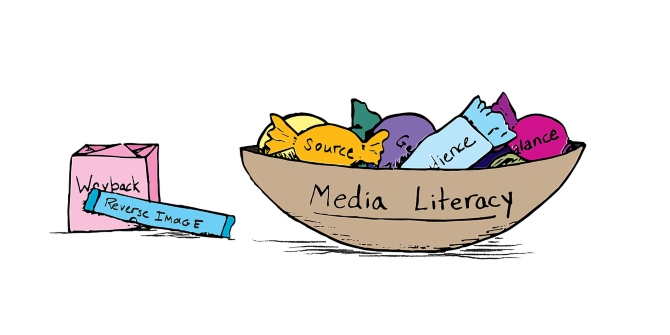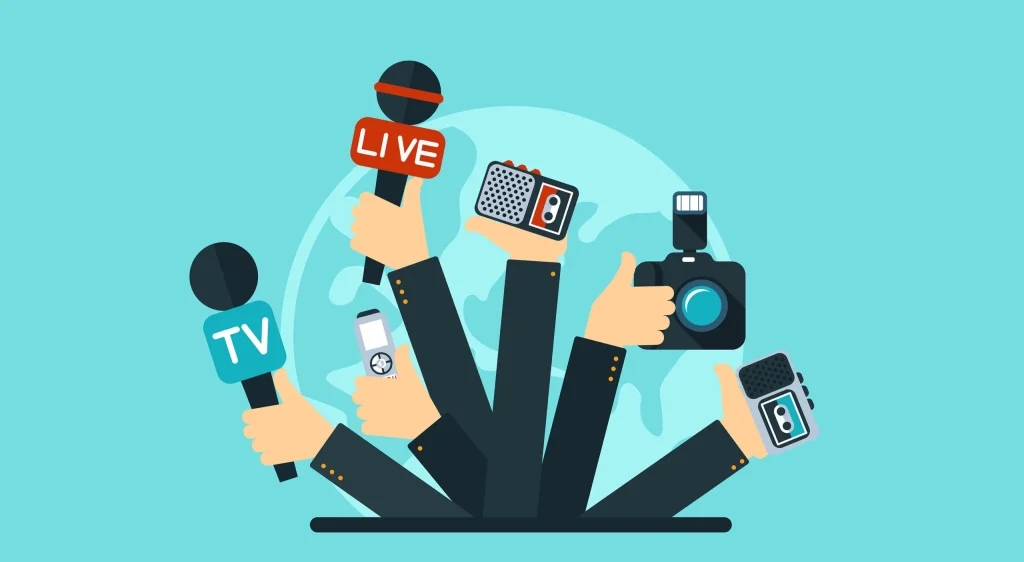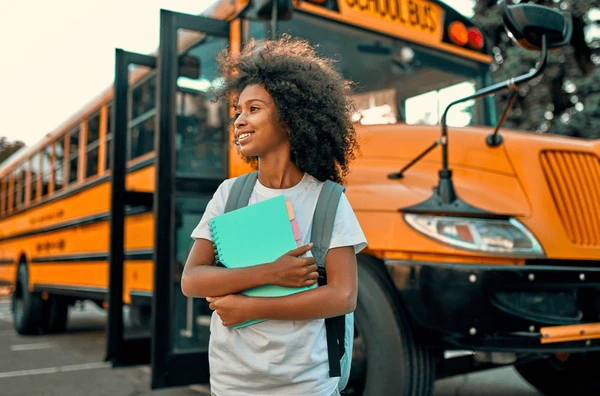Hey there, friends! Today, I want to dive into a topic that’s become increasingly important in our digital age: media literacy. With the explosion of information at our fingertips, being able to discern truth from misinformation is like having a superpower. So, let’s chat about why media literacy matters and how we can teach ourselves and others to navigate this complex landscape.
The Information Overload

Let’s be real for a second—every time I scroll through my social media feeds, I feel like I’m drowning in a sea of information. It’s overwhelming! One minute, you’re reading about a new scientific breakthrough, and the next, you stumble upon a conspiracy theory that seems just as convincing. I remember a time when I read an article claiming a popular health trend was a miracle cure. I was ready to jump on the bandwagon until I did a little digging. Turns out, it was based on shaky evidence and a whole lot of hype.
This experience taught me the importance of questioning what I read. We live in an age where anyone can publish anything, and not all of it is credible. That’s where media literacy comes into play. It’s about developing critical thinking skills and learning how to evaluate sources.
Understanding the Basics of Media Literacy
So, what exactly is media literacy? At its core, it’s the ability to access, analyze, evaluate, and create media in various forms. It’s about understanding the messages we consume and recognizing the influence they have on our thoughts and behaviors. I remember when I first learned about the concept—it felt like a light bulb went off!
Teaching media literacy involves several key components:
- Accessing Information: Knowing where to find reliable information is crucial. Not all sources are created equal, and being able to identify trustworthy ones is the first step.
- Analyzing Content: This is where the fun begins! Analyzing media involves looking at who created the content, why they created it, and what techniques they used to convey their message. I often ask myself, “What’s the agenda here?”
- Evaluating Sources: Not everything you read is true. Learning to evaluate sources for credibility—like checking the author’s credentials or looking for citations—can save you from falling into the misinformation trap.
- Creating Media: Finally, media literacy isn’t just about consuming content; it’s also about creating it. Understanding how to communicate effectively and responsibly is key. I’ve found that writing my own blog posts has helped me become more discerning about the information I consume.
The Role of Education in Media Literacy
Now, let’s talk about the role of education in promoting media literacy. As a teacher, I’ve seen firsthand how important it is to equip students with these skills. I remember introducing a media literacy unit in my classroom, and the students were initially skeptical. “Why do we need to learn this?” they asked. But once we started discussing real-world examples, their eyes lit up.
We explored social media, news articles, and even advertisements. One activity that stood out was analyzing a viral meme. The students were shocked to discover how easily misinformation could spread through humor. It was a lightbulb moment for many of them. They realized that just because something is funny doesn’t mean it’s true!
Practical Tips for Teaching Media Literacy
If you’re looking to teach media literacy—whether in a classroom or at home—here are some practical tips that have worked for me:
- Encourage Critical Thinking: Ask open-ended questions that promote discussion. For example, “What do you think the author’s purpose is?” or “How does this make you feel, and why?”
- Use Real-World Examples: Bring in current events or trending topics. Analyzing real-life situations makes the lessons more relevant and engaging.
- Teach Fact-Checking Skills: Show students how to use fact-checking websites like Snopes or FactCheck.org. Make it a habit to verify information before sharing it.
- Discuss Bias: Talk about how bias can shape the way information is presented. Encourage students to recognize their own biases and consider multiple perspectives.
- Promote Media Creation: Have students create their own media projects—like videos, podcasts, or blogs. This not only reinforces their understanding but also empowers them to express their ideas responsibly.
The Impact of Misinformation
One thing I can’t stress enough is the impact misinformation can have on society. I remember a time when a viral post claimed a certain food was linked to a serious health condition. People panicked, and grocery stores saw a surge in purchases of alternatives. It was chaotic! Misinformation can lead to fear, confusion, and even harm.
Building a Culture of Media Literacy
As we wrap up, let’s think about how we can build a culture of media literacy in our society. It starts with each of us. We can model critical thinking and responsible sharing in our own lives. I’ve made it a point to pause before sharing something online—asking myself if it’s credible and if it adds value to the conversation.
We can also advocate for media literacy programs in schools and community organizations. The more we talk about it, the more awareness we create. It’s a collective effort, and every small step counts.
Conclusion: Empowering Ourselves and Others
In conclusion, media literacy is essential in today’s information-rich environment. By fostering critical thinking skills and promoting responsible media consumption, we can combat misinformation and build a more informed society. So, let’s embrace the challenge and make media literacy a priority in our lives and communities. Together, we can turn the tide against misinformation and empower ourselves with the knowledge we need to thrive. Happy learning, everyone!
Read Also About School news is an essential part of maintaining a well-connected and informed school community.


